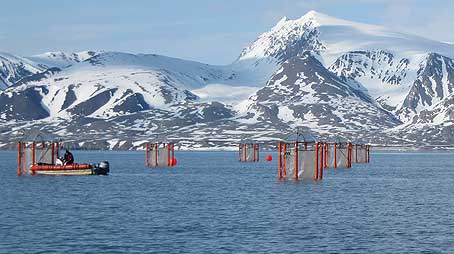

Standard methods
Earth System science often requires a large number of process or case studies at multiple sites under different conditions around the globe, and their subsequent comparison and integration. An essential component in this approach is the development and use of standard research methods.
Downloads:
IGBP Vision (pdf, 207.4 kB)
(pdf, 207.4 kB)
IGBP Constitution (pdf, 96.1 kB)
(pdf, 96.1 kB)
An example of the development of standard methods is in ocean acidification. IGBP's marine projects are contributing to leadership in the international coordination of ocean acidification research. Scientists involved in these projects have developed Ocean acidification: a guide to best practices for ocean acidification research and data reporting (produced by the European Ocean Acidification research project, EPOCA).
Another example of a standard method developed and promoted by IGBP is the LOICZ biogeochemical budgeting method for coastal seas, motivated by the inherent difficulty of studying global biogeochemical fluxes in coastal seas due to the large heterogeneity of these areas.
The method provides estimates of carbon, nitrogen and phosphorus fluxes into and out of the coastal zone, including the emission of gases to the atmosphere. Because nutrients undergo reactions in coastal waters, budgeting is complicated. The method therefore relies on measuring fluxes for one nutrient species (usually phosphorus) and applying scaling ratios to estimate the fluxes of other nutrient species.
Thanks to this method, cross-site comparisons have been carried out from local lagoons and estuaries to the large East China Sea; from pristine sites to sites degraded by high anthropogenic nutrient loadings; from shallow water bodies to water bodies hundreds of meters in depth; and from tropical to arctic environments.